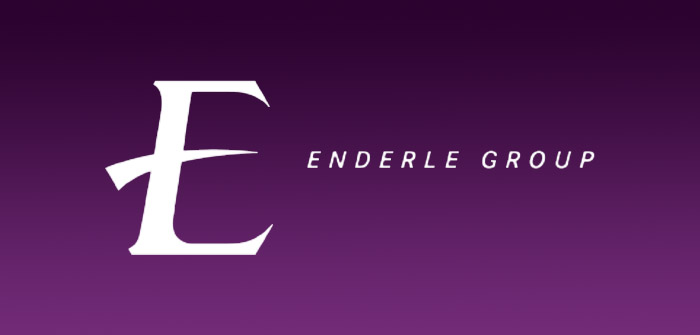I started using home automation products long before I covered the technology. In one of my first apartments back in the 1970s, I installed an X-10 system. Back then, they thought they could do anything. One of the most interesting products was an X-10 turntable that would not only go to specific tracks but would lift the stack of records on the spindle to play your playlist repetitively. It couldn’t turn the records over and rarely worked as expected. Lag, transmission issues, and cheap design of the switches made the technology more of a science project than a true solution, but it did seem to impress dates, and it was so rare at the time, it was fun to show it off.
Since then, a number of problems have plagued the home automation industry: a lack of fully supported industry standards making interoperability almost impossible, the high cost of putting the technology in and subsequent repairs, poor ease of use (my neighbor had his system removed within a month of having it put in), and the revolving door of vendors who have gone under, leaving people with solutions that are no longer updated or supported.
You can get higher-end solutions from several vendors today, but I bid one out for my current home, which is currently automated using Insteon, and balked at the $50K price tag. But things are getting better thanks largely to Google.
Google Matter
Apparently, Google saw this as an opportunity and released a technology called Google Matter. Google has its NEST line of products that are making use of this technology, but Matter, at least initially, appears uniquely created to solve the long-term problems of interoperability and cost. It is a robust, highly secure (compared to many home automation technologies), open standard that the home automation industry appears to be embracing.
It creates a high level of consistency both for setup (installers) and use so that once you know how to use the products, that learning can easily be applied to future system expansions, modifications or updates. This provides a potential baseline for future technologies to be added to the home and makes Matter-based products more likely to last.
Apple has a competing technology called HomeKit, but Apple tends to be much more proprietary than Google and interoperability is a foreign concept to them, making their approach, outside of Apple-branded products, iffy at best. And they have nowhere near the depth of products in the Google NEST product line.
If the home is truly going to be a smart home, another thing to consider is solar integration since one of the reasons to have a smart home is to reduce electricity charges, and solar remains the best path for that currently. And consider a smart electrical panel like the one from Span.io (which currently appears to be the most advanced in the market). The panel should make it easier to integrate both solar and backup batteries from companies like Tesla if the homeowner wishes to future-proof their building or wants an integrated solar system.
Living with a Smart Home
As I mentioned, I’ve been using Smart Home technology since the 1970s, and it has several advantages. One is that with one button you can turn off or on your lights, which is handy when going to bed and handy if you have a burglar, fire or just need to quickly get around your home without breaking your pinky toe.
With a fully smart home, you can make it look like you are at home when you aren’t, you can monitor and minimize wasted electricity, and you can create automatic scenes when you want a romantic dinner, are watching a movie, or just want to scare the kids on Halloween. Locks automatically lock at night, gates and garage doors can be opened and closed with your phone, cameras can alert you to pet or people movement, and you can talk to people dropping stuff off at your home even when you aren’t there and open your door or garage so that no one can get what is being delivered (a lot of us are experiencing porch pirates this year).
Wrapping Up:
While my initial X-10 home was a bit of a mess, my current Insteon home works reasonably well. The latest Matter-based solutions should work much better because all the different components should talk to each other. In my house, the cameras, smart appliances, switches, garage doors, locks and alarm system don’t interoperate well at all).
Plan well. Pick a technology partner that isn’t likely to go under, supports a common standard like Matter, and seems to understand why interoperability is important. If you do, you can build or have the house of the future today. Though I still look back at the old Disneyland Home of the Future by Monsanto and wonder why we don’t yet have all that it promised today. We are getting closer, but given that house was built in 1957, we haven’t come as far as I or Walt Disney (I used to work for him) thought we would have by now.
enderlegroup.com • 408-272-8560 • renderle@enderlegroup.com




